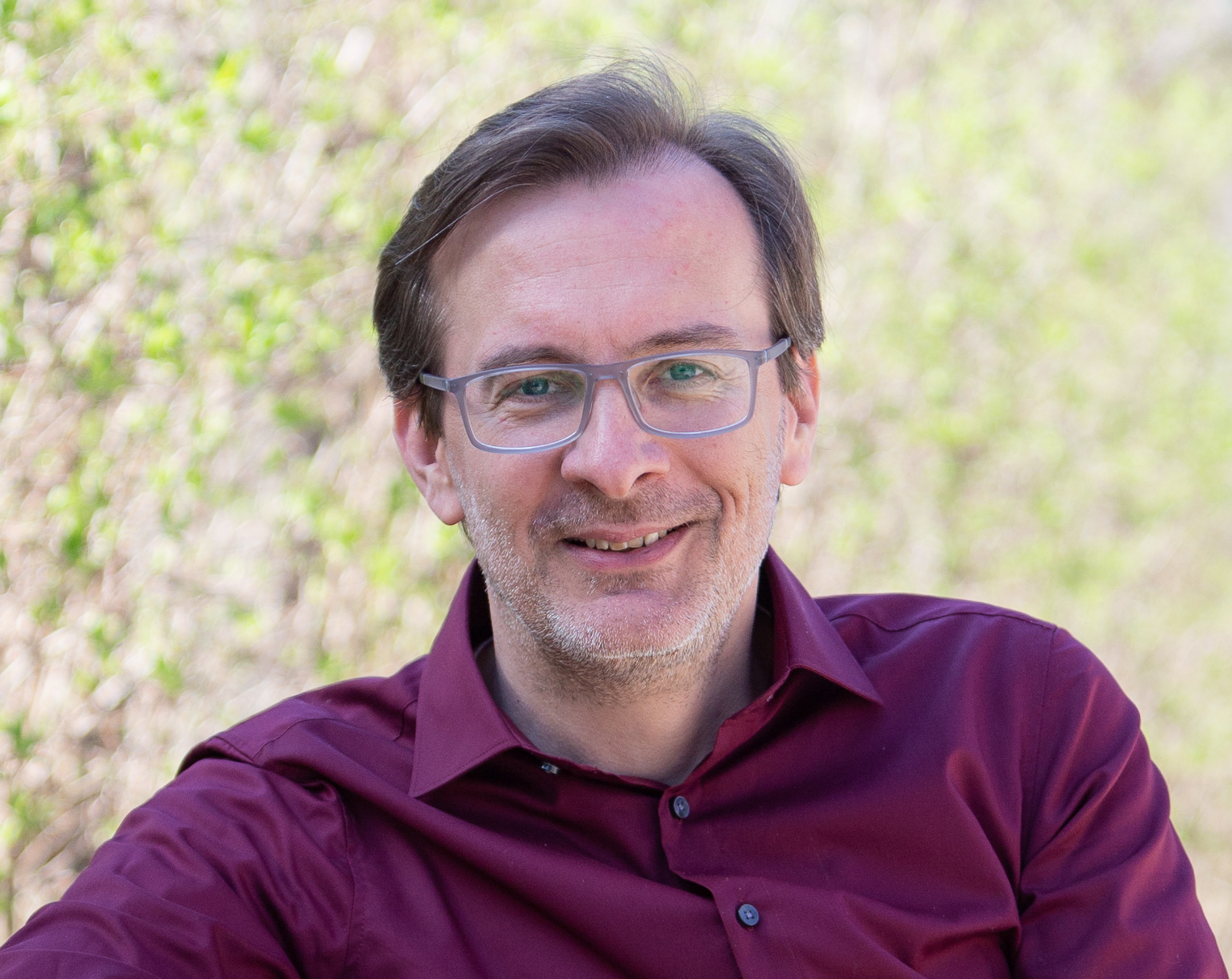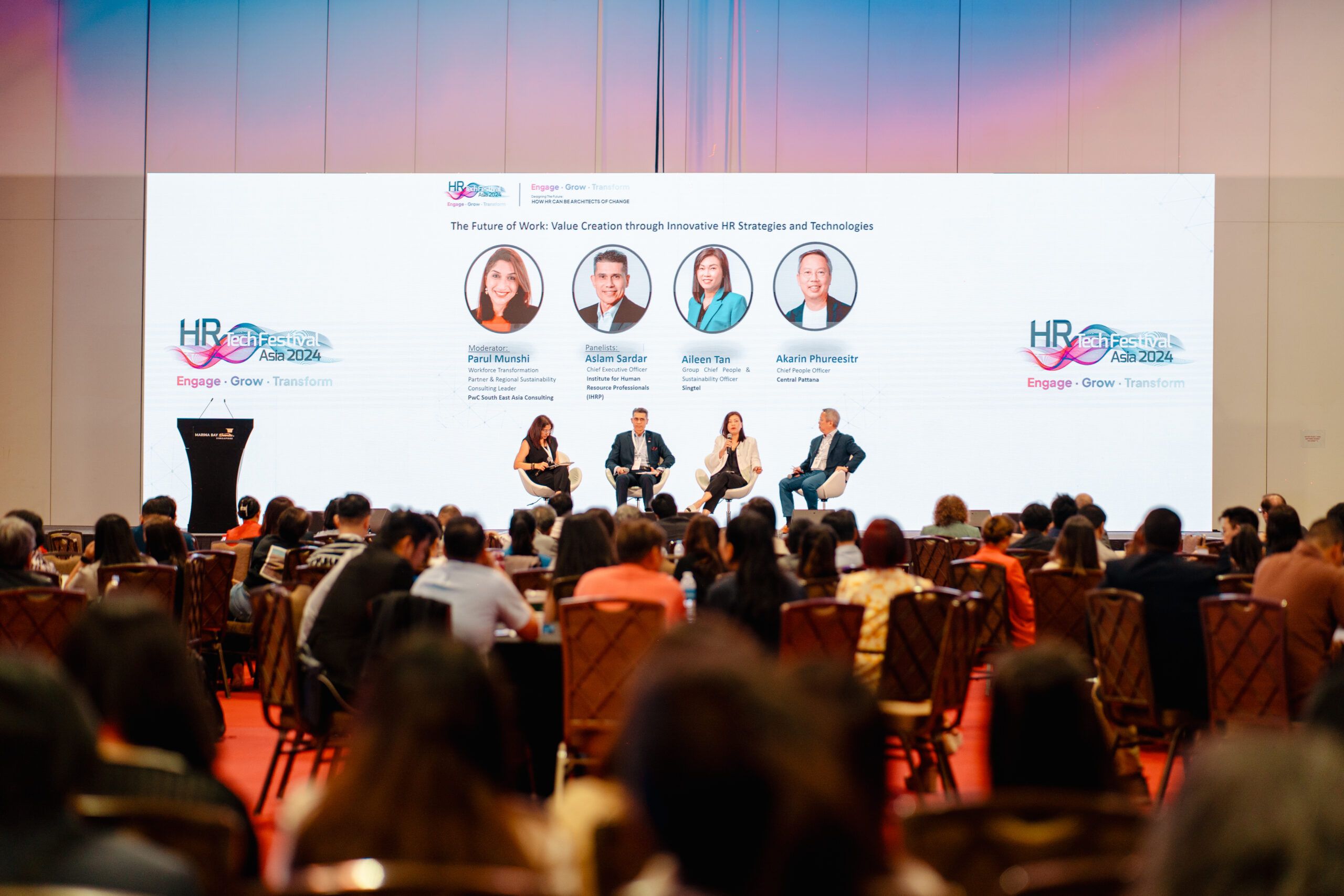Crisis? What crisis? Building resilience to navigate life’s challenges

Speaking recently at HR Tech Festival Asia 2023, Martin Laschkolnig, Founder and CEO, Institute for the Development of Potential, shared key tips for attendees to find serenity in times of crisis. Here, he continues the conversation around why the outcomes of many situations in life are determined by how they are approached.
Looking around the world, we can see many, many problems. Very serious ones, too. So, it is easy to get overwhelmed, especially when adding a pandemic, war, and inflation on top of everything.
Within ourselves, the reason is what they call “monkey mind” in Zen-Buddhism. Monkey mind is that instance in your head that is constantly commenting everything that happens, mostly by creating horror scenarios of what will all go wrong and why we are not good enough.
Everybody has their “emotional average”. For some it is boredom, for some frustration or resignation, and for some, it is joy and happiness. And regardless of where you are standing, life is happening to all of us and sometimes it throws us off track. The question is not whether it will happen, but rather when.
One of the factors to whether we feel overwhelmed, is what I call the ratio between your “Sphere of Influence” and your “Zone of Concern”.
The sphere of influence is the area in your life where you can do something, where your actions have an effect, and will change the outcome of the things happening around you. So, when your zone of concern is bigger than that (and for most of us, it is), then monkey mind wanders and worries about stuff that you cannot do anything about anyway, and it tends to occupy a lot of your precious resources. The result is overwhelming anxiety about what the future will hold. Reduce your zone of concern so that it actually matches your sphere of influence, and you will gain back power and control.
So, one way to do that is to not believe everything you think. If you had an outside consultant that would change their assessment of things every five minutes based on how they feel or what new worry came up, then you would not give them a lot of credibility, would you? So, why do that if it happens in your head? When we examine our assumptions closely, often our thoughts are not true. The world will continue to turn when you send monkey mind off into a corner and tell him to chill there for an hour or two while you can get back to doing something more productive than worrying.
Serenity therefore is a process, not a destination. All it needs is practice. Starting now, when you still have relative peace of mind, is a great idea. When a problem escalates, it is too late, because by then your automatic patterns for emergencies will take over. In case of a crisis, your positive habits can only be called upon by your inner auto pilot if they are solidly installed.
Remember, there are always two factors that contribute to an outcome – the event occurring AND our reaction to it. When we think about it just a little bit, it is easy to realise that there is only one of the two that we have any kind of influence over – namely our reaction to the event. Yet so many people spend lots and lots of energy on arguing with reality that it is unfair; not right or why must it happen to them.
And I completely understand. It is much easier to blame something or somebody else than take 100% responsibility for your life and check what would be the response that would turn that event in a direction that we would like to see. However, it is also highly useless. The event has already happened, and it will not change anymore.
So, to move this from autopilot to a conscious decision we need to practice extending the space between event and (automatic) reaction. We all know that there are days when we are really in a good space and very little can upset us while on other days, we get tripped off by almost anything. So, what is the difference between the two? Our state of being. Find a ritual that helps cultivate a centered state and practice it – be it Yoga, Tai Chi, meditation, or mindful walking – find yours and do it.
And as a last tip – turn towards your support group and if you do not have one, create one. We are social beings, and we are not meant to withstand the storm of life alone. Whether it is your family, your mastermind group or a coach or counsellor – we all need somebody to confide in, to get things off our chest and get a reality check. Most often the stuff we imagine in our own head turn out to have much less substance when we talk about them with somebody who we can trust.
Regardless of where you stand right now- whether it is smooth sailing or you are in the midst of one of life’s storms – I can promise you, the storms will come, but the good news is also that the storm will also pass. Lean into the wind, take shelter when necessary and venture out again when the wind calms down. Self-care is not failure but building the resilience to weather life’s storms.
About the Author: Martin Laschkolnig is Founder and CEO, Institute for the Development of Potential, and can be reached at www.martinlaschkolnig.at/en/info.



